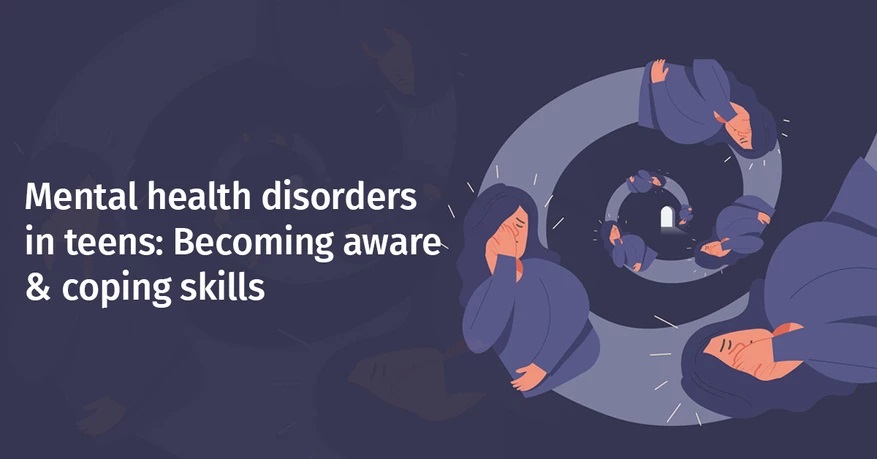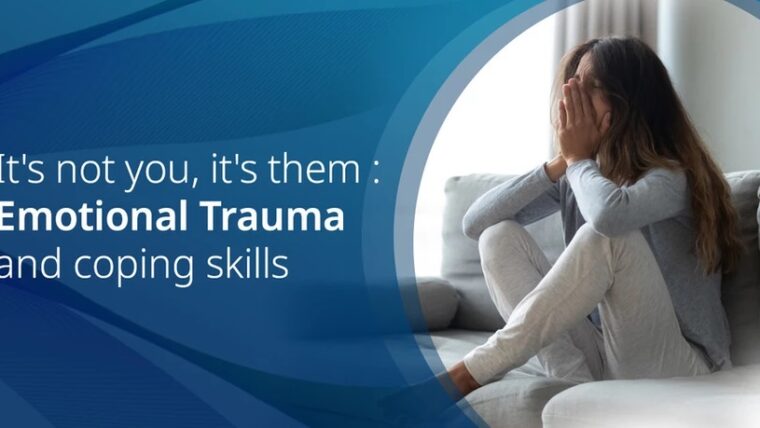Identifying adolescent mental illness symptoms can be difficult. That’s because most teens are moody and emotional during this time of dramatic physical and mental changes. However, mental illness in teenagers and mental health issues in pre-teens involves behavioral and mood changes that are far more extreme than average.
Mental health disorders in adolescence are a significant problem, relatively common, and manageable by treatment or intervention.
Teenage Mental Health Facts –
-
At least one in five youth aged 9–17 years currently has a diagnosable mental health disorder that causes some degree of impairment; one in 10 has a disorder that causes significant impairment.
-
The most common mental illnesses in adolescents are anxiety, mood, attention, and behavior disorders.
-
Suicide is the second leading cause of death in young people aged 15–24 years.
-
Adolescents with mental illness often engage in acting-out behavior or substance use, which increases their risk of unsafe sexual behavior that may result in pregnancy or sexually transmitted infections (STIs).
-
Physicians or other doctors, visited by these patients first, have the opportunity to reduce morbidity and mortality associated with adolescent mental health, by early identification, prompt referral, and care coordination. Experts say that teen mental health is at high risk, now more than ever. Today, mental disorders in teenagers are at an all-time high.
Let’s take a look at the most common teen mental health issues and disorders-
-
Generalized Anxiety Disorder (GAD) is the most common teen anxiety disorder. This type of anxiety in teenagers involves excessive anxiety or worry over everyday events. Besides, the anxiety lasts for an extended period of time. Teens with generalized anxiety experience intense emotional stress, as well as a range of anxiety-related symptoms. Teens and pre-teens with GAD experience excessive worrying and also low self-esteem. This affects adolescents’ relationships with peers and family members.
-
Teen eating disorders include anorexia, bulimia, and binge-eating disorder. Anorexia nervosa has the highest death rate of any mental disorder, resulting from starvation, metabolic collapse, or suicide. Accordingly, it is one of the most dangerous teen mental disorders. Consequently, teen eating disorders produce extreme disturbances in teenage eating behaviors and hence, physical health. But they also affect mental health in teenagers. Eating disorders almost always co-exist with other mental health issue such as depression or substance abuse.
-
Substance abuse disorder in teens is an extremely common mental health issue. Teens use drugs and alcohol to self-medicate depression, anxiety, trauma, low self-esteem, and other underlying conditions. Substance use becomes an unhealthy and dangerous coping mechanism for indications of teen mental disorders. Extended use can progress into an addiction. Scientists have found that the following factors increase the likelihood of substance use disorder:
– Genetic predisposition
– Environmental acceptance of heavy drug use
– Peer pressure
-
Major Depressive Disorder – A major depressive episode is a period of at least two weeks of low mood that is present in most situations. Symptoms include low self-esteem, loss of interest in normally enjoyable activities, and problems with sleep, energy, and concentration. Teens with major depression find it challenging or impossible to do normal daily activities, such as working, studying, sleeping, and eating. Moreover, those who have had one episode of major depressive disorder are at high risk of having another.
Major depression is also known as major depressive disorder or clinical depression. It is one of the forms of depression that has the most severe symptoms. Consequently, it can arise in bouts and last for long periods of time. Therefore, it significantly affects the quality of life for teens.
Beyond the most common teen mental disorders, adolescents also experience more unusual mental health conditions. These include the following:
Narcissistic Personality Disorder: Narcissistic tendencies include having grandiose ideas about oneself and one’s achievements. Moreover, narcissists lack the potential to empathize with others.
Obsessive-Compulsive Disorder: Obsessive-Compulsive Disorder (OCD) is an anxiety disorder that affects children, teens, and adults.
Histrionic Personality Disorder: Histrionic Personality Disorder in teenagers is a mental health condition that is characterized by over-dramatizing feelings and situations.
Dissociative Identity Disorder: Dissociative Identity Disorder (DID) is a diagnosis in which a person has two or more distinct personality states. Those with DID are often struggling with deep trauma or abuse.
Gaming Disorder: The World Health Organization recently classified gaming disorder as a mental health condition. Gaming disorder is similar to other addictions, such as gambling addiction or substance abuse. Therefore, this disorder is characterized by the inability to control an obsession with video gaming.
Coping Skills and Treatment –
Treatment by mental health professionals makes a significant difference in teenage mental health disorders. Teenagers who receive timely and sincere treatment go on to lead much better and balanced lives as adults.
For immediate assistance, the following coping mechanisms can be used-
-
Making a routine and following it
-
Eating healthy
-
Taking proper sleep
-
Cutting down caffeine intake
-
Journaling
-
Exercises, yoga, and deep breathing
For more information ad assistance or treatment options, do reach out to us.




